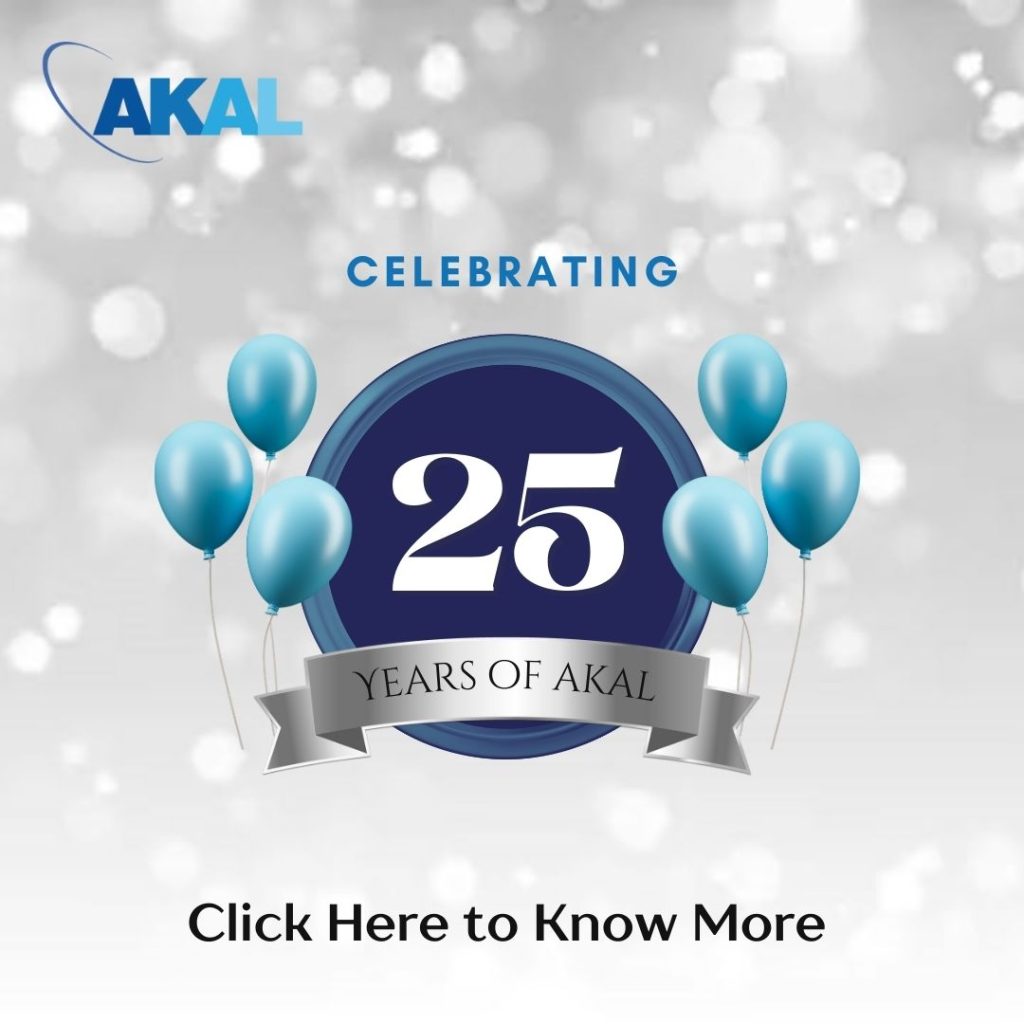Ruby on Rails, or simply Rails, is a server-side framework for web app development written in the Ruby programming language, as suggested by the name. This has been developed by David Heinemeier Hansson, licensed by MIT. It is supported by the Model-View-Controller architecture, providing a default structure for all databases, web services and pages.
Ruby on Rails can be an elegant choice for creating full-stack websites that are unique as well as fully functioning. It is worth noting that Rails is also one of the most used frameworks in the US. If you are wondering whether Ruby on Rails is the correct pick for you or not, this article will answer all your questions. Read on to learn more about the framework and the namesake programming language, Ruby.
What is Ruby?
Before jumping directly onto the hypothetical Rails, it’s important to have some understanding of Ruby itself. So, what exactly is Ruby? Ruby is a general-purpose, open-source programming language used for building web applications, automation, data processing, and more. One of Ruby’s key strengths is its portability and flexibility, allowing it to run on virtually any operating system. Its popularity has surged in recent years, placing it among the top five highest-paying programming languages, as noted in Stack Overflow’s rankings.
Ruby was developed by Yukihiro ’Matz’ Matsumoto in the mid-1990s. Like C or Java, Ruby is a general-purpose language, widely appreciated for its versatility in web programming. While a great innovation, the full truth is that the world wouldn’t have fully appreciated Ruby’s potential if not for Rails—its most well-known framework. To put it simply, Ruby’s significance in web development would be far less prominent without the existence of Ruby on Rails.
This leads us to the key question: what is Rails, and why is it so crucial in the world of web development?
What is Ruby on Rails?
Rails is a software library that extends the Ruby programming language. It was originally named Ruby on Rails (RoR) by its creator, though it’s often simply referred to as Rails. Essentially, the Ruby on Rails framework is software built on top of Ruby. In technical terms, it’s a package library known as a Ruby Gem, which is installed using the command-line interface of your operating system. This makes Ruby on Rails an open-source and highly efficient framework for web development. It provides Ruby developers with a time-saving solution by offering pre-built code libraries, and streamlining tasks like creating tables, menus, or forms on a website.
Ruby on Rails integrates JavaScript, CSS, and HTML with the Ruby programming language for seamless web application development, allowing these components to execute on a web server. Since it operates on the server side, Ruby on Rails is considered a server-side or backend web application framework. Furthermore, it remains one of the most popular backend frameworks in the industry.
Some well-known examples include GitHub (yes, GitHub!), SoundCloud, Shopify, Airbnb, Fab, Hulu, Etsy, SlideShare, and CrunchBase (also known as the ‘Wikipedia for startups’), among many others.
The Evolution of Ruby on Rails
To truly grasp the essence of Ruby on Rails, it’s important to delve into its history. So, who exactly created Ruby on Rails? It was David Heinemeier Hansson who brought Ruby on Rails to life in 2004. Hansson extracted Rails from the codebase of his organisation’s project management tool, Basecamp, to simplify web application development for other software developers using Ruby. The first public release of Rails occurred in July 2004.
The framework’s popularity quickly soared, as evidenced by its increasing adoption by developers. With approximately 52,000 stars on GitHub, Ruby on Rails’ popularity is hard to miss. This high number of stars, coupled with the active development of the repository, is a testament to the enduring relevance and widespread use of the Ruby on Rails framework.
By now, you should have a solid foundational understanding of Ruby, Rails, and the combined power of Ruby on Rails. In the following section, we will explore the key differences between Ruby and Ruby on Rails. Gaining this knowledge will provide deeper insights into other important concepts related to Ruby on Rails development.
Features of Ruby on Rails
Ruby on Rails stands out for its comprehensive capabilities, addressing both front-end and back-end development needs. Unlike many languages such as Java, HTML, and CSS, which are typically specialised for either front-end or back-end tasks, Ruby on Rails provides a complete package for developing web applications. Here are some of its key features:
- Model-View-Controller (MVC) Architecture: Ruby on Rails employs the MVC architecture, which consists of three core components: Model, View, and Controller. The Model manages the relationship between objects and the database, the View generates the user interface and presents data, and the Controller acts as a mediator between the Model and View. This separation of concerns helps to organise the application into three interconnected components, making it easier to manage the internal representation of information separately from its presentation and user interactions.
- Active Record: Ruby on Rails introduces the Active Record framework, a robust library that facilitates the creation of interactive database queries. This feature streamlines database interactions and simplifies data management for developers.
- Built-in Testing: Ruby on Rails includes a comprehensive suite of built-in tests that can be run on your code. This feature helps save time and effort by automating the testing process, ensuring that your code remains reliable and robust.
- Programming Language: The syntax of Ruby on Rails is designed to be simple and intuitive, closely resembling English. This readability makes it easier to translate your thoughts into code, enhancing productivity and reducing complexity.
- Metaprogramming: Ruby on Rails leverages metaprogramming techniques, allowing developers to write more dynamic and flexible code. This feature enables the development of more adaptable and reusable components.
- Convention over Configuration: Ruby on Rails operates on the principle of “Convention over Configuration,” meaning that developers only need to specify the unconventional aspects of their application. This approach reduces the need for extensive configuration, simplifying the development process.
- Scaffolding: The scaffolding feature in Ruby on Rails allows developers to define the structure of the application’s database and automatically generates the necessary code based on this definition. This capability facilitates rapid development by automatically creating interfaces and reducing manual coding efforts.
These features collectively make Ruby on Rails a powerful and efficient framework for web development, offering both simplicity and versatility in building modern web applications.
Architecture of Ruby on Rails
Imagine the Ruby on Rails framework as a set of building blocks or Legos, much like those we played with as children. With Ruby on Rails, you get pre-built “blocks” of code and programmes that you can assemble, modify, and integrate to develop a custom web application. This approach eliminates the need to build everything from scratch, saving time, effort, and resources. It’s one of the main reasons why major backend development service providers favour Ruby on Rails.
Ruby on Rails architecture is centred around the Model-View-Controller (MVC) pattern, a widely used architectural framework in web development. The MVC pattern divides a web application’s code into three interconnected components:
- Model: The Model component manages the application’s data structure and handles interactions with the database. It represents the underlying data and the business logic related to that data.
- View: The View is responsible for the visual aspects of the web application. It renders the data from the Model into web page templates, which are displayed to the user. The View handles the presentation layer, including HTML and JavaScript.
- Controller: The Controller acts as an intermediary between the Model and the View. It processes user requests, manipulates data through the Model, and then updates the View accordingly. It contains the business logic and coordinates the flow of data within the application.
This MVC architecture makes Ruby on Rails highly flexible and valuable for developing various types of web applications. Ruby on Rails is adept at handling both frontend and backend tasks, making it suitable for a wide range of web development projects.
What Does The World Use Ruby on Rails For?
Ruby on Rails is celebrated for its remarkable features, but you might wonder what kinds of applications it is ideally suited for. The versatility and reliability of Ruby on Rails make it a popular choice for developing a broad range of applications. Here’s a closer look at some key use cases:
- FinTech Development: Ruby on Rails simplifies the complexities of coding in the financial sector, making it an excellent choice for developing payment services, insurance platforms, transaction systems, and banking services. With its robust security features and comprehensive testing capabilities, Ruby on Rails supports the creation of reliable FinTech solutions. Its strong community backing also helps navigate large-scale, time-sensitive projects with tight budgets.
- Social Networking Sites: Many large-scale social media platforms and networking sites are built using Ruby on Rails. The framework’s efficiency, scalability, and rapid client request handling make it ideal for developing social networking applications. Ruby on Rails provides the tools needed to create responsive and scalable social media platforms tailored to specific business needs.
- Ecommerce App Development: Ruby on Rails is a top choice for ecommerce website development. Its reliability, scalability, and security features make it perfect for building robust and efficient online stores. Rails simplify the development process through a rich ecosystem of Ruby Gems, enabling developers to create user-friendly web stores that handle secure payments and manage high traffic with ease.
Ruby on Rails stands out among backend frameworks due to its exceptional capabilities. To explore why Ruby on Rails is a preferred choice for many developers and to find out more about leveraging its tech stack for next-generation web apps, keep reading.
Is Ruby on Rails the Right Fit for You?
You might be asking yourself, “Why should I choose Ruby on Rails?” This is a valid question that often arises among developers and organisations. Let’s look at some of the many advantages of Rails to help you figure out whether it suits your needs or not:
- Rapid and Secure: Ruby on Rails enhances the speed and security of web applications by providing built-in support for common development tasks and adhering to the MVC architectural pattern. This ensures both rapid development and robust security measures.
- Faster Web Application Development: As a full-stack framework, Ruby on Rails is equipped with numerous built-in features and functionalities. It offers a streamlined developer experience, including a templating engine that facilitates quick application releases, efficient routing, and seamless database connections.
- Cost-Efficient: Ruby on Rails enables rapid development with minimal code, helping to save both time and resources. This efficiency allows you to bring your application to market faster and at a more affordable cost.
- Easy Maintenance: The Model-View-Controller (MVC) architectural pattern used by Rails simplifies code management and functionality. This approach also helps prevent common data migration issues that can arise with other frameworks.
- Utilises Metaprogramming: Ruby on Rails leverages metaprogramming techniques, allowing you to write code with greater flexibility and efficiency. This results in more manageable and productive code.
- Seamless Updates: The clear and consistent code structure of Ruby on Rails makes it straightforward to update and modify your application with new features and functionalities. This ease of maintenance contributes to Ruby on Rails being a leading technology in backend development.
Advantages and Disadvantages of Ruby on Rails
Let’s closely look at why RoR may be the fit for you:
- Availability of Libraries: Ruby on Rails benefits from a vast and active developer community that contributes reusable code snippets known as Ruby Gems. These Gems can be easily integrated into RoR applications, significantly reducing development time and effort by providing ready-made solutions for common features. For a seamless development experience, consider hiring Ruby on Rails developers who can leverage these resources effectively.
- Best Tooling Facilities: As a comprehensive full-stack framework, Ruby on Rails offers a range of tools and libraries that streamline the development process. RoR provides inbuilt support for essential functions such as testing, routing, and database management. This integration facilitates faster and more efficient development compared to other frameworks.
- Enables Automated Testing: Ruby on Rails adheres to rigorous testing standards, and its inbuilt testing framework makes it straightforward for developers to write and execute automated tests. Automated testing is crucial for ensuring that applications remain stable, reliable, and free of bugs, which contributes to overall software quality.
- Better Productivity: Rails is designed with user-friendliness in mind and has a lower learning curve compared to many other frameworks. This accessibility allows developers to be more productive and develop robust, efficient applications with ease. The streamlined development lifecycle provided by Rails enhances overall project efficiency.
While the advantages of Ruby on Rails are substantial, it’s also important to be aware of its limitations. Understanding both the strengths and potential drawbacks of Ruby on Rails will provide a balanced perspective on its suitability for your web development needs.
- Documentation Issues: One of the main challenges with Ruby on Rails is the availability and quality of documentation. Finding comprehensive documentation for less popular Ruby Gems or libraries that rely heavily on mix-ins can be difficult. This scarcity can complicate the process for developers trying to implement specific features, potentially leading to delays in development.
- Runtime Speed: Ruby on Rails is known for having slower runtime speeds compared to some other technologies, such as Golang. This can be a significant drawback, particularly for projects that require high performance and low latency. The slower execution speed may impact the efficiency of applications, especially those with demanding performance requirements.
- While these disadvantages are important to consider, the strengths of Ruby on Rails often outweigh these limitations. For tailored expertise and solutions, consider engaging with seasoned Ruby on Rails developers to navigate these challenges effectively and meet your business goals.
With a balanced view of Ruby on Rails’ advantages and disadvantages, you are better equipped to make informed decisions about its suitability for your web development projects. Next, let’s explore what the future holds for Ruby on Rails.
The Future of Ruby on Rails
Recently, there’s been a considerable amount of chatter online suggesting that the relevance and popularity of the Ruby on Rails (RoR) framework are on the wane. But what’s driving these claims?
The concerns generally stem from the notion that Ruby on Rails may not be keeping pace with the rapid technological advancements and evolving needs of modern developers. Critics argue that the framework might be lagging in offering the latest features and functionalities required for today’s fast-paced tech environment.
However, it’s important to note that Ruby on Rails has undergone significant transformation. The release of Ruby on Rails 5 marked a pivotal moment, addressing many of these criticisms by introducing a host of new and modern features. This update has revitalised the framework, ensuring it remains relevant and capable of meeting the demands of contemporary development practices.
Looking ahead, Ruby on Rails trends are set to continue evolving, supported by its open-source nature and the active involvement of the developer community. This vibrant community contributes to ongoing enhancements and innovations, ensuring that Ruby on Rails remains a dynamic and exciting framework.
The future of Ruby on Rails is bright, with continued growth and adaptation expected. Developers at Akal, for instance, remain enthusiastic about using the latest Ruby on Rails trends, reaffirming their commitment to this robust and versatile framework. As Ruby on Rails continues to adapt and thrive, it promises to be an ever-relevant tool for developers navigating the future of web development.
Hire Ruby on Rails Developers
Ruby on Rails stands out as a powerful and versatile framework that continues to shape the landscape of web development. If you’re looking to harness the full potential of Ruby on Rails and elevate your web development projects, consider partnering with AKAL. Our team of experienced Ruby on Rails developers is ready to bring your vision to life with precision and expertise. Contact us today!
FAQs About Ruby on Rails Developers
What programming language is used for Ruby on Rails?
Ruby on Rails, commonly referred to as Rails, is an open-source web application development framework written in the Ruby programming language. It leverages Ruby's features to streamline web application development.
Is Ruby on Rails full-stack?
Yes, Ruby on Rails is considered a full-stack framework. This means it handles both backend and frontend development aspects. As a Rails developer, you will work on integrating data storage solutions, SQL databases, and other backend services while also connecting front-end components and web services.
Is Ruby on Rails backend or frontend?
Ruby on Rails is primarily a backend framework. It excels in building robust and scalable backend systems, enabling developers to write complex functionality with significantly fewer lines of code compared to languages like Java or Node.js.
Is Ruby on Rails in demand?
Yes, Ruby on Rails remains in high demand. The framework is known for its efficiency and scalability, which makes it a popular choice for many web development projects. Consequently, Ruby on Rails developers are sought after and often command some of the highest wages in the tech industry.















